Champagne is one of those things that I only reach for on special occasions, and New Year’s Eve is one of them. There’s just one problem – I prefer to spend the evening of December 31st curled up solo on the sofa with my kitties and a good book, so I inevitably end up with leftover bubbly. I can’t stand wasting anything, be it solid or liquid, and if I’m not going to drink the rest of the champagne, what to do with it?
Typically I’d come up with a savory use for it since I’m not much of a dessert person – perhaps a gastrique, vinaigrette, or marinade of sorts. But I just treated myself to a fabulous new Nordicware bundt pan for the holidays and I’ve been looking for a reason to break it in, so I pulled out my trusty buttermilk bundt recipe, did some tweaking, and ended up with this gorgeous, decadent Champagne Buttermilk Bundt Cake. The batter is spiked with champagne, and after it’s baked the cake is soaked in a champagne sugar syrup and drizzled with a champagne glaze.
Despite the triple-whammy of bubbly the champagne flavor isn’t in-your-face, and it’s not a super boozy cake. It’s just really, really good. The carbonation in the champagne provides a little extra lift to the batter, so even though at its heart this recipe is a pound cake, it’s less dense than a typical pound cake. It bakes up with a perfectly golden and slightly crisp exterior crust and an incredibly moist, rich interior. It’s a perfect dessert for any celebratory occasion, from New Year’s Day brunch to a birthday or anniversary dinner. Extra garnish isn’t necessary as it’s already a beautiful cake, but for this particular holiday I gilded the lily just a bit with gold sparkling sugar and a little luster dust. Feel free to add whatever accoutrement strikes your fancy! First, though, you have to bake the cake, so let’s get to it.
This is a straightforward and simple cake recipe that comes together quickly and easily once you have your ingredients out and ready to go. Be sure to give the oven time to preheat, and grease your pan VERY well, particularly if it’s a design like mine with a lot of nooks and crannies. (Yes, even if it’s nonstick, grease the pan.) Any high quality all-purpose blend of gluten-free flours will work here, so use whatever you’ve got. I’ve recently been experimenting with the new Bob’s Red Mill Gluten Free 1 to 1 Baking Flour so I used it in a couple of test batches for this cake to see how it would perform. As you can see, it worked like a charm.
This is the packaged flour blend I used. I do usually like to blend my own, but the holidays are crunch time and every bit of convenience is welcome when it works!
Okay, your oven is heating and your pan is greased, so let’s mix up the batter. Make sure your butter isn’t straight-from-the-fridge cold or it won’t cream together with the sugar; it needs to be room temperature. I like to speed things along by cutting the butter into small chunks and setting the bowl on top of the stove for a couple of minutes while the oven is preheating – the butter softens in no time.
After you cream together the butter and sugar, this is what you want – fluffy and creamy. (My super-deep mixer bowl may be great for accommodating large volumes and preventing splatters, but it’s basically impossible to photograph anything in there so I just pulled off the paddle to show you what you’re looking for.) At this point you can beat in the eggs, then the remaining ingredients.
The batter will be silky and very thick. See how it’s totally clinging to the spatula and not dripping at all? That’s the right consistency. Now scrape it into the pan. Once you’ve gotten all the batter into the pan, use a sturdy rubber spatula to smooth out the surface. Make sure you use a decent amount of pressure to do this so you don’t end up with gaps in the batter and big holes in your cake. Now lay down a kitchen towel to protect your pan and your counter, grip the pan firmly and give it a few strong taps straight down on the towel to release any trapped air in the batter. You can also raise the pan about 3 inches above the towel and *carefully* drop it onto the counter, repeating several times. I prefer the tap method because I’m a klutz and I’d somehow end up dropping it on the floor. Wouldn’t be the first time.
Here’s my batter in the pan, smoothed, tapped, and ready to be baked.
I love peeking through the oven window to watch the magic happen. See how the exposed surface of the cake split open? We actually want that to happen. That, my friends, is what a proper pound cake does.
When the cake is done, a toothpick will come out clean and the surface will be just slightly golden in some spots but shouldn’t be dark. If it’s pretty browned, your oven was probably too hot. You’ll see in my photos that the parts of the cake that were in direct contact with the surface of the pan are much darker than the bottom – that’s what you want. Now set the pan on a rack and let it cool for 10-15 minutes before turning out the cake. If your pan is lightweight it will cool rapidly, so ten minutes is fine. If, however, you use a really heavy-duty one like mine, give it the full 15 minutes to allow some of the heat to dissipate. While you’re waiting, make the syrup.
The moment of truth. It doesn’t matter how many bundts I’ve baked in my lifetime, I’m always nervous about it turning out of the pan in one piece. (P.S. Isn’t it a pretty pan?)
Whew! Mission accomplished. Time to soak this baby in a champagne syrup. Use a pastry brush, take your time, and make sure you dab it over the entire surface of the cake. Some of it is bound to drip down the sides and into the sheet pan – that’s what the pan is there for so don’t worry about it. Use up all the syrup, go wash the dishes and clean up the kitchen, and let the cake cool completely before glazing.
Here’s my finished cake. Isn’t it glorious? So festive and inviting, and the perfect way to celebrate the start of a new trip around the sun for all of us.
Don’t be fooled by that bronzed crust on the exterior – the center is moist and tender, and it’s a perfect contrast in textures. Happy New Year, folks. Now grab that leftover champagne and go bake this cake!
- For the Cake
- 224 grams (2 sticks) unsalted butter, softened
- 300 grams (1 ½ cups) granulated sugar
- 420 grams (about 3 cups) GF all-purpose flour, plus more for the pan
- ¼ teaspoon baking soda
- ½ teaspoon baking powder
- ½ teaspoon salt
- 120 ml (½ cup) shaken buttermilk
- 150 ml (½ cup + 2 tablespoons) champagne*
- 3 large eggs
- For the Syrup
- 30 ml (2 tablespoons) water
- 26 grams (2 tablespoons) granulated sugar
- 30 ml (2 tablespoons) champagne
- For the Glaze
- 192 grams (1 ½ cups) confectioners' sugar, sifted
- 45 ml (3 tablespoons) champagne
- 10 grams (2 teaspoons) unsalted butter, melted
- Optional garnish: sparkling sugar, luster dust or gold leaf
- Preheat oven to 325°F and set an oven rack in the middle position. Generously grease a 10-inch bundt pan and set aside. Place a cooling rack on/inside a sheet pan and set aside.
- Make the batter: In the bowl of an electric mixer fitted with paddle attachment (or hand mixer with beaters), cream butter and sugar on medium speed until light and fluffy, 3-4 minutes.
- Meanwhile in a medium bowl, sift together the flour, baking soda, baking powder and salt. Set aside. Combine the buttermilk and champagne in a liquid measuring cup and set that aside as well.
- Once the butter and sugar mixture is light and fluffy, scrape down the sides of the mixing bowl and beat in the eggs one at a time, mixing well after each addition. Scrape down the sides of the bowl again. With the mixer running on low speed, beat in ⅓ of the flour mixture, then ⅓ of buttermilk/champagne mixture. Repeat with remaining flour & buttermilk, then beat on medium-high for about 20-30 seconds until silky and uniform, stopping the mixer once to scrape down the sides if necessary.
- Bake the cake: The batter will be very thick. Spoon it into the prepared pan and smooth out the top with rubber spatula, pressing firmly to ensure there are no gaps in the batter. Bang the pan (or drop it from 2-3 inches high) on the counter several times to knock out any trapped air.
- Bake for 1 hour, or until the top is cracked and barely golden and a cake tester comes out clean, rotating the pan 180 degrees about halfway through baking. Cool the cake in the pan for ten minutes on a rack.
- Make the syrup: Combine the water and sugar in a saucepan and bring to a boil, whisking to dissolve sugar. Remove from heat and stir in champagne.
- Soak the cake: Set the cooling rack inside a sheet pan, and invert the warm cake onto the rack. Using a pastry brush, dab the warm syrup all over the cake, letting it soak in. A little syrup will drip off, but try not to rush so that most of it is absorbed. Allow the cake to cool completely, at least one hour.
- Glaze the cake: Once the cake is cool, make the glaze: Combine the ingredients in a medium bowl, mixing vigorously with a fork or whisk until smooth. Add more confectioners' sugar or champagne as necessary to make a thick but pourable glaze (it should be the consistency of honey). Spoon or drizzle the glaze over the top of the cake in whatever decorative pattern you desire. After glazing, feel free to add other garnishes such as sparkling sugar, luster dust or gold leaf.
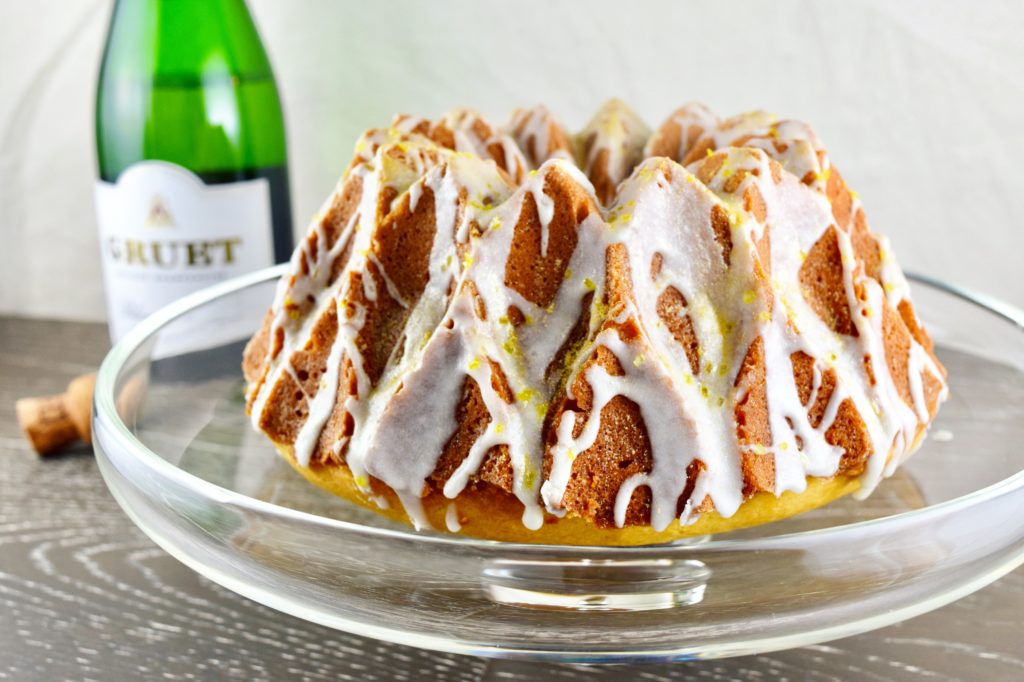
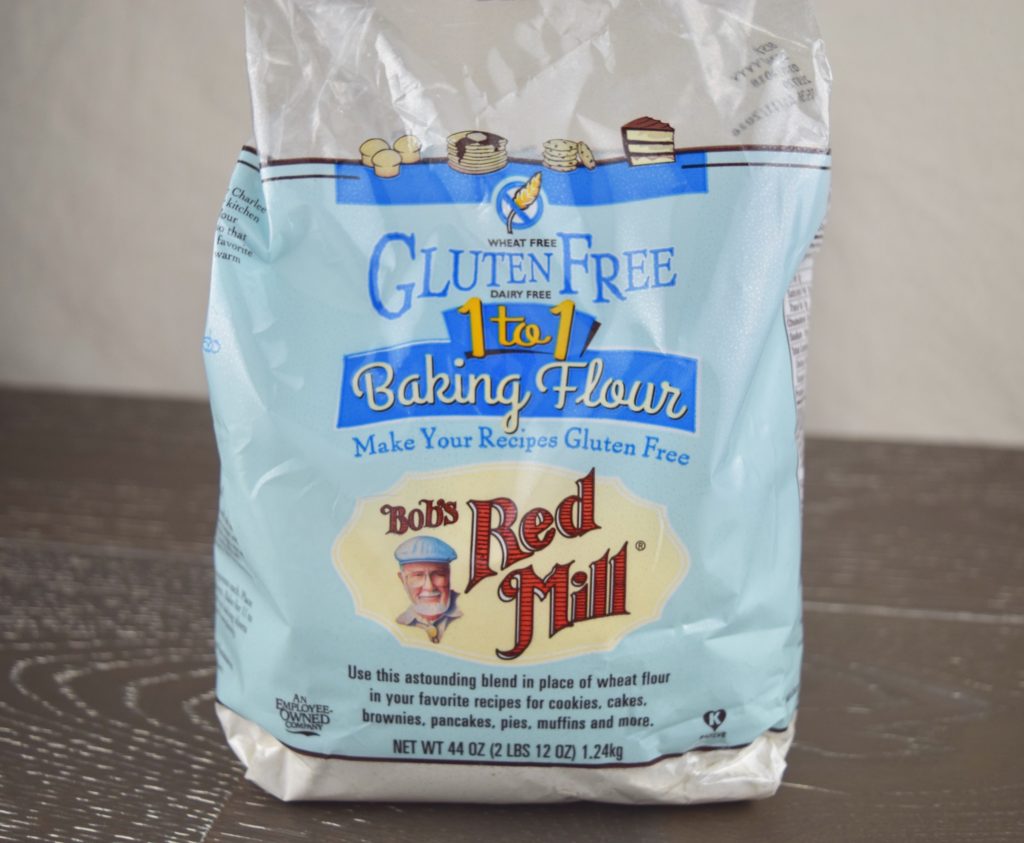
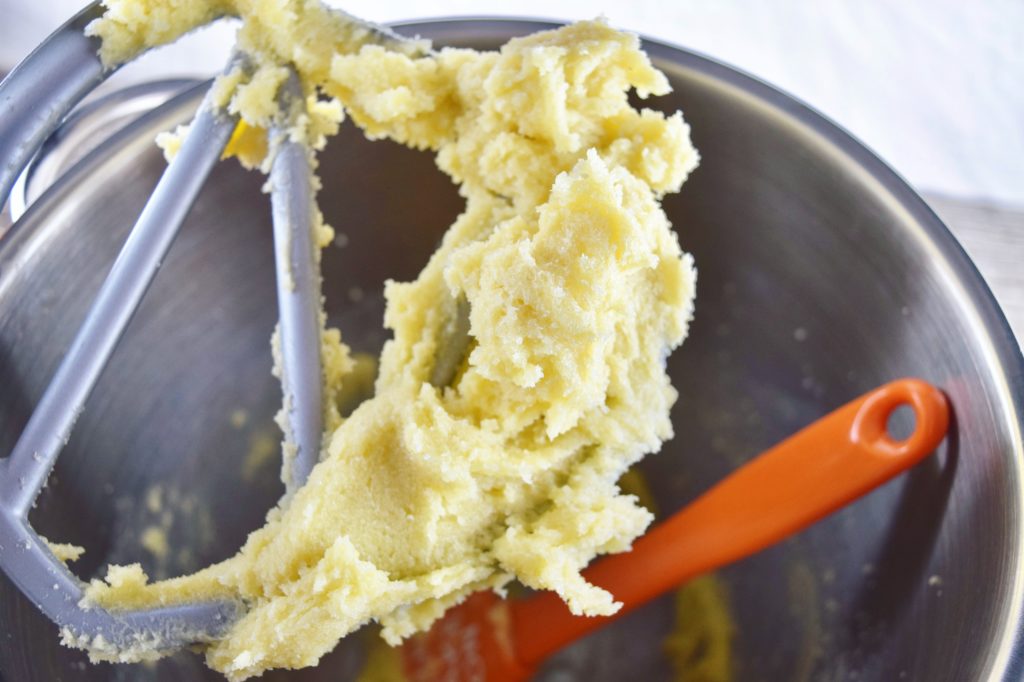
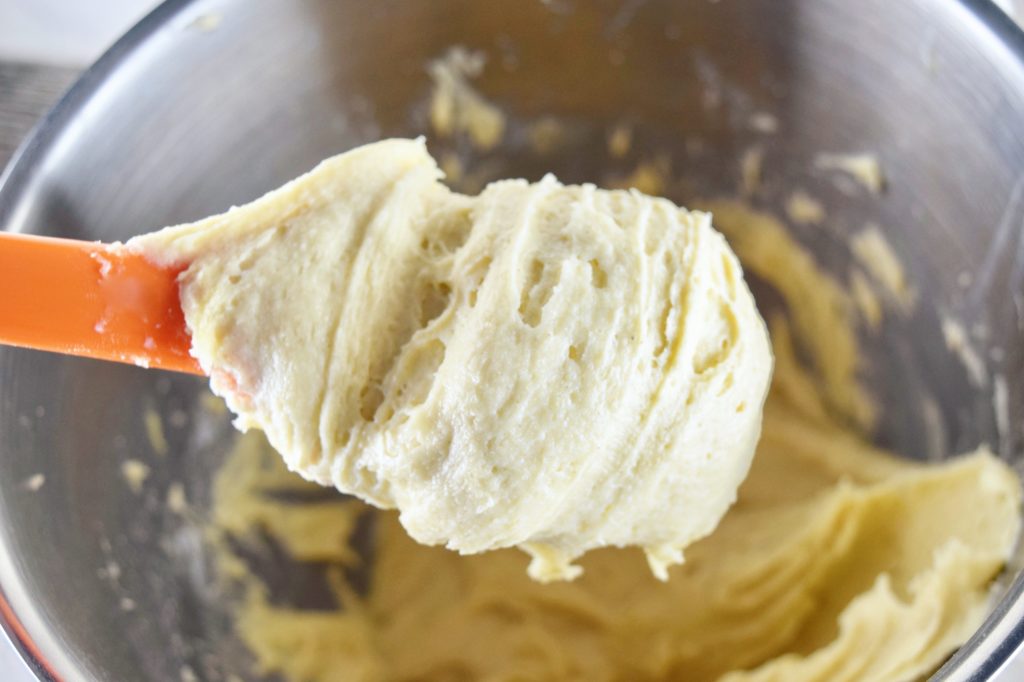
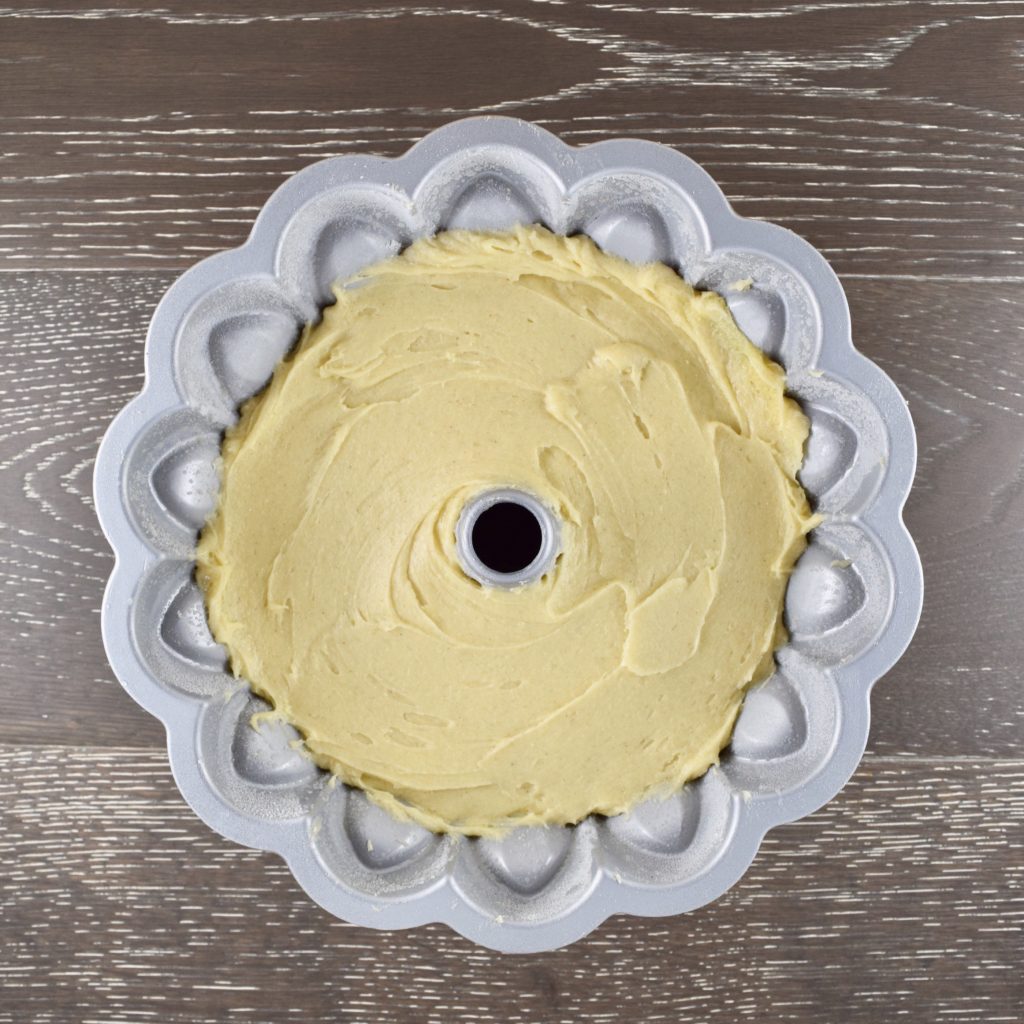
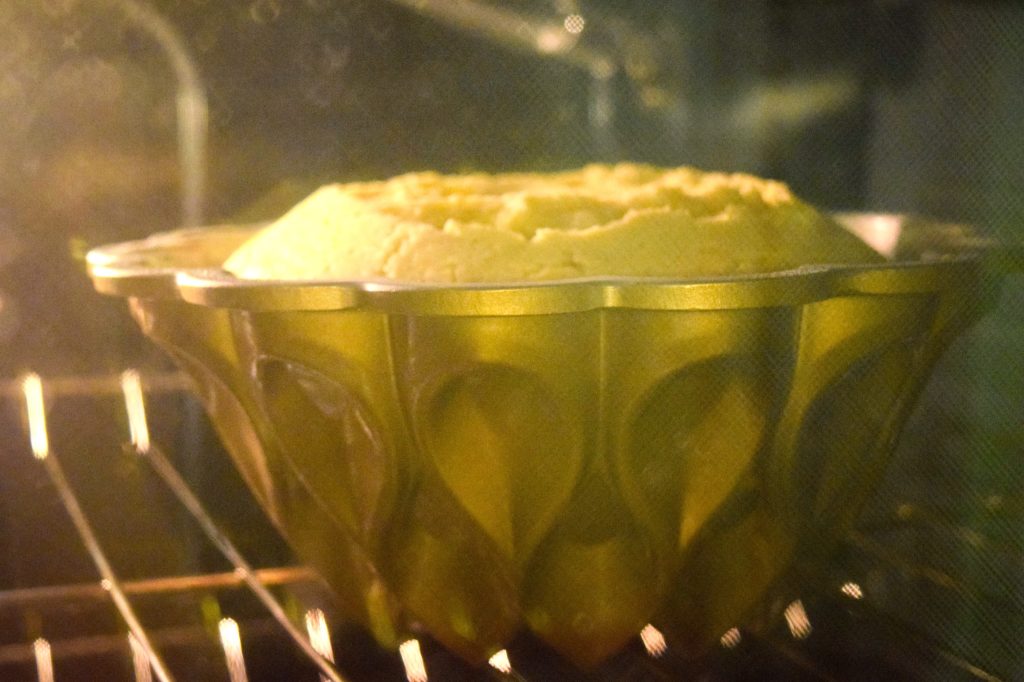
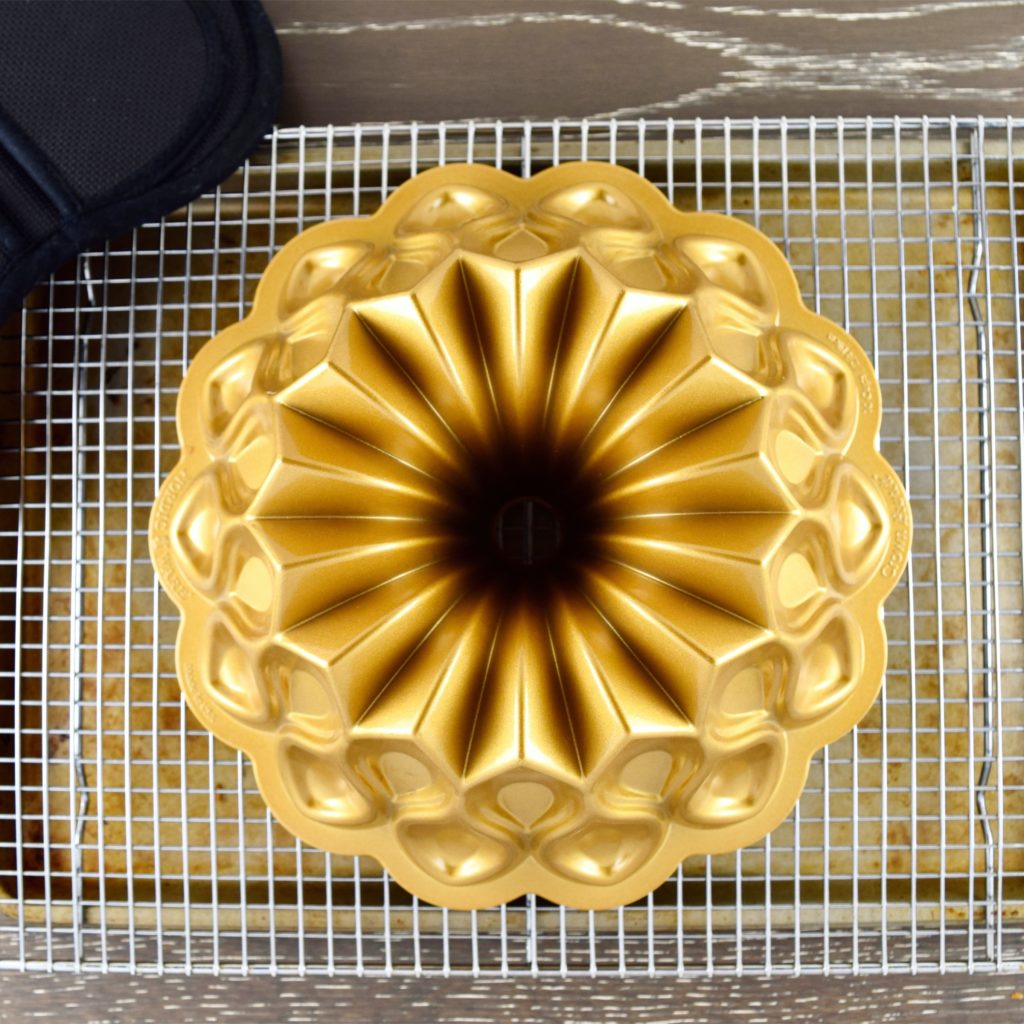
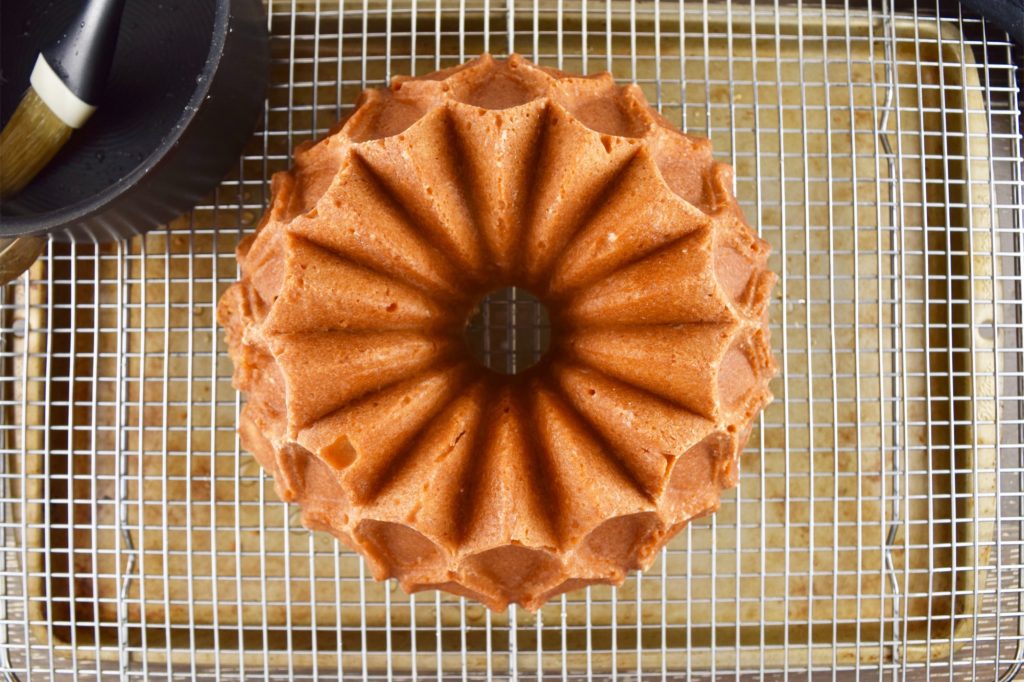
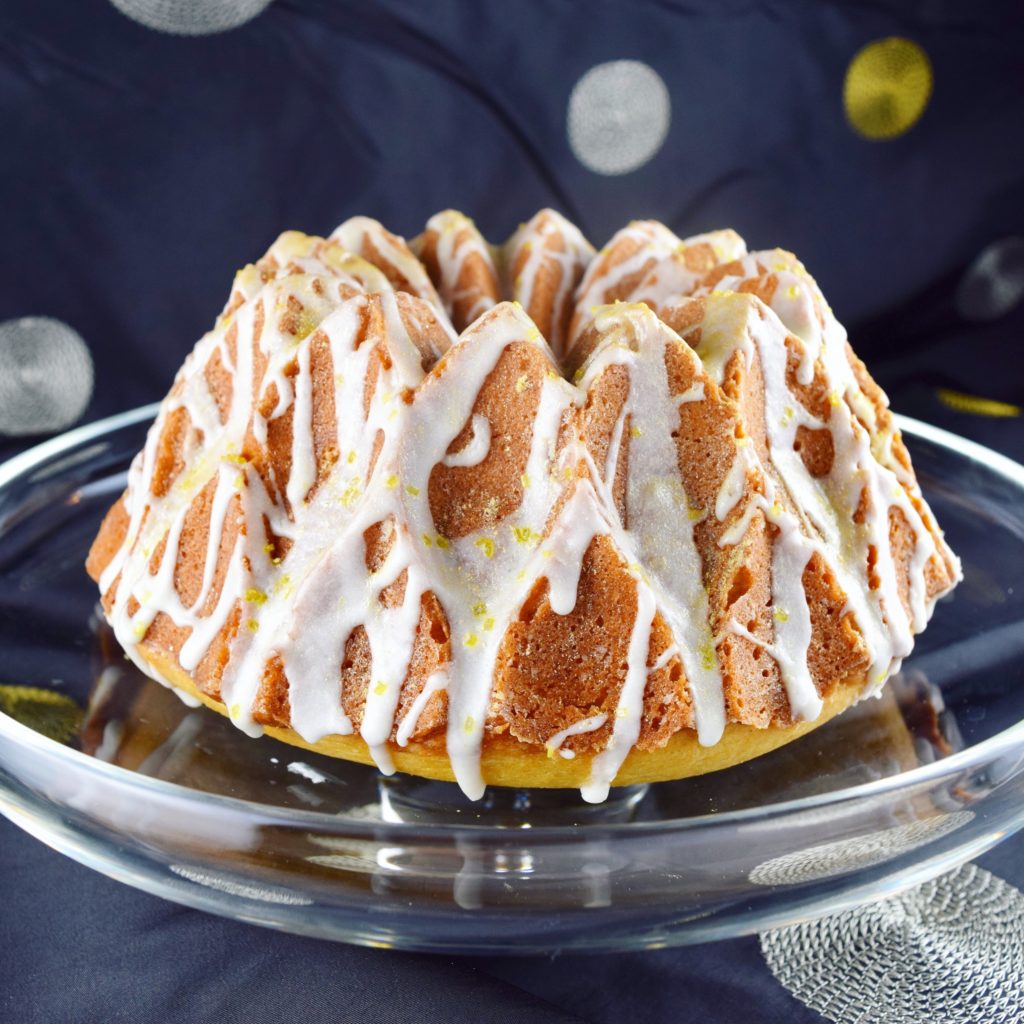
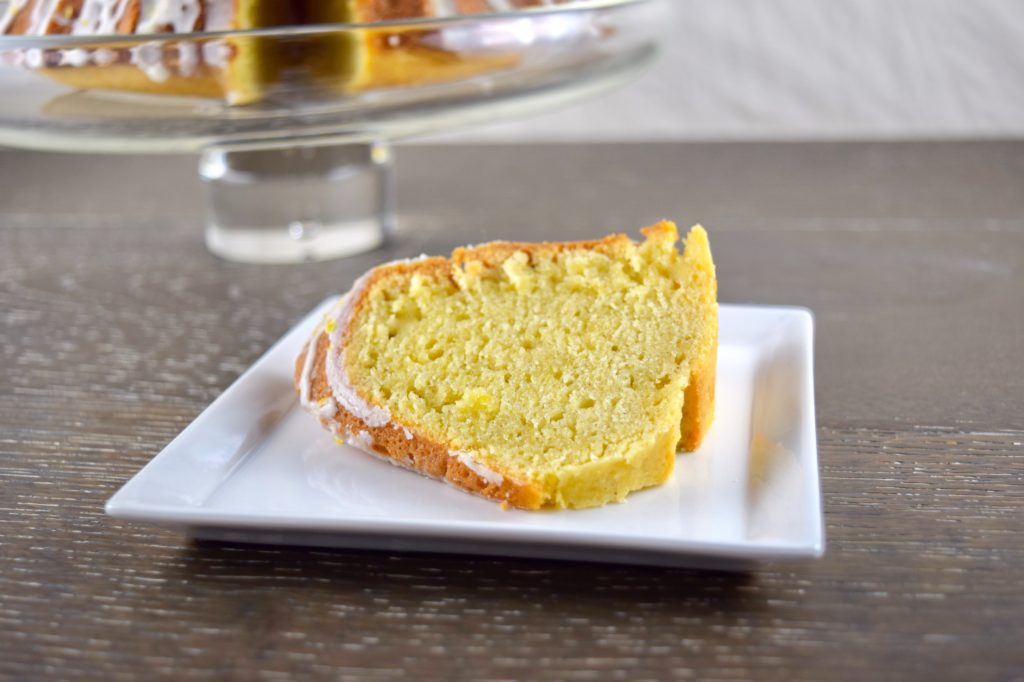
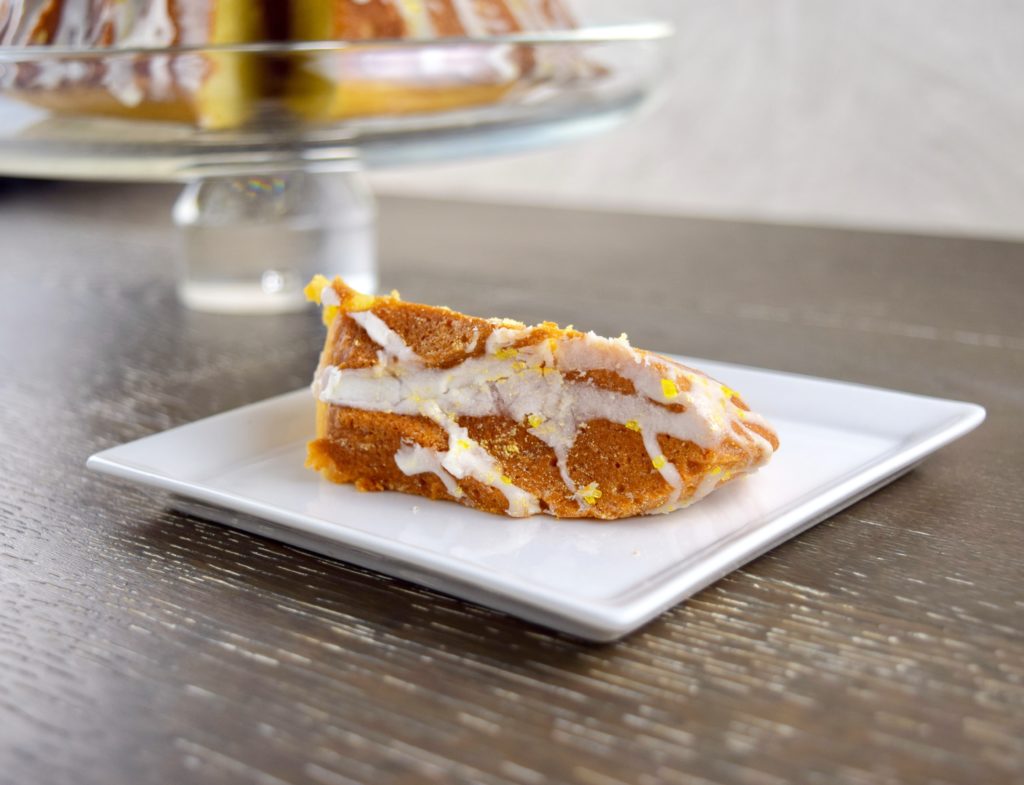
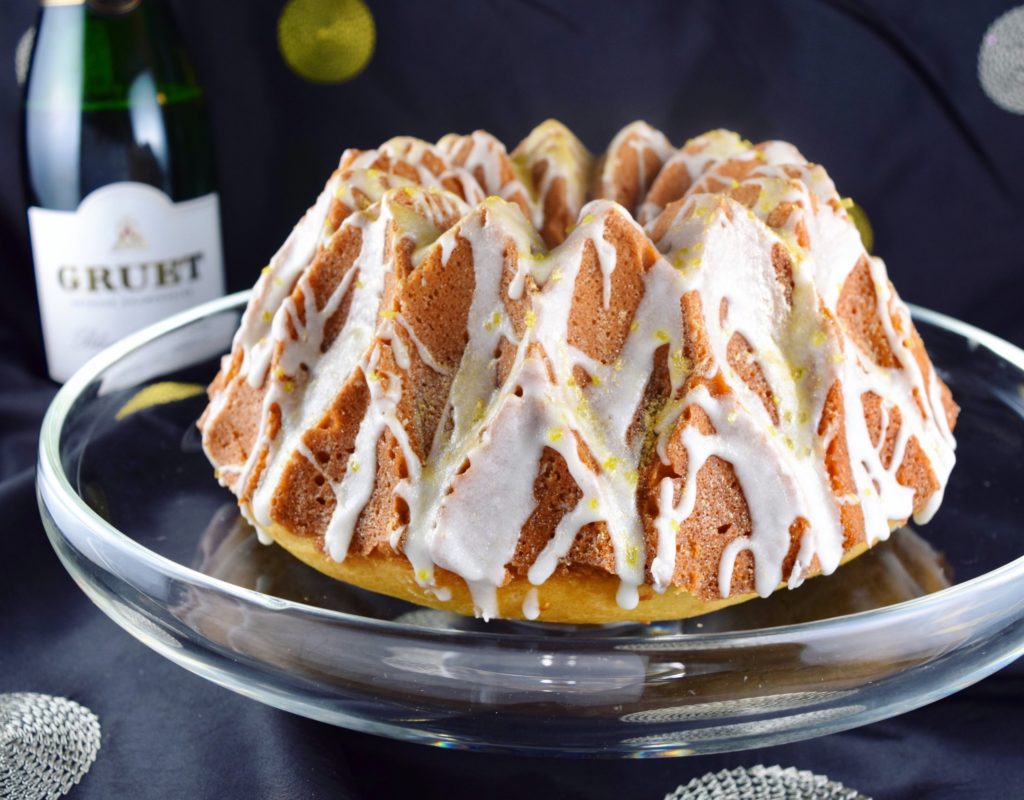
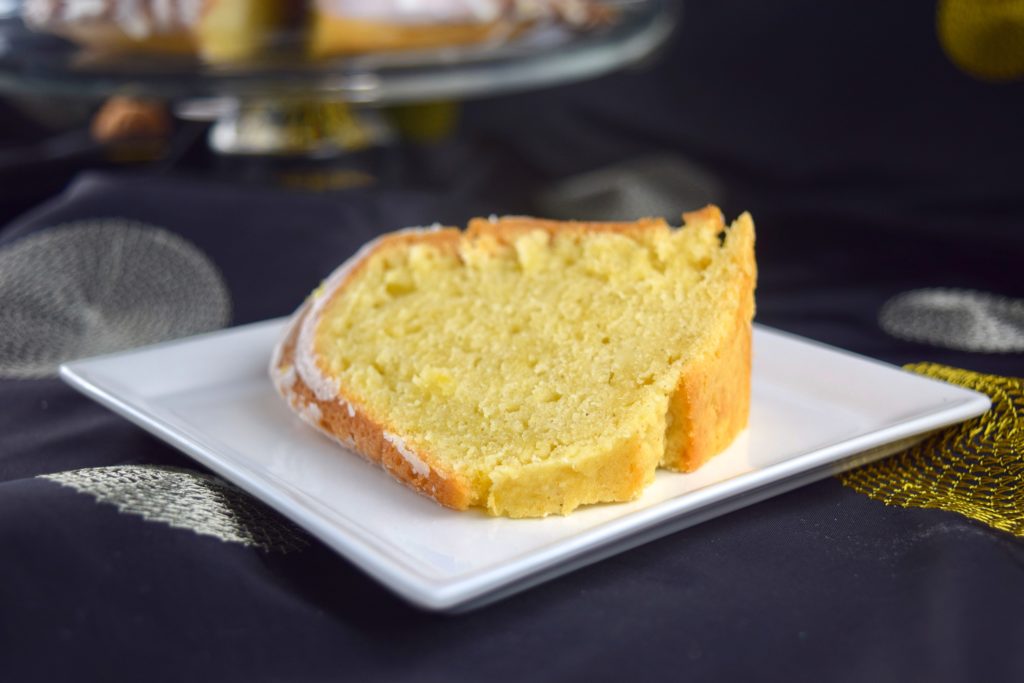


Thank you for sharing this festive recipe. I made half the recipe and it turned out perfect. Nice and moist.
My pleasure! Thanks for taking the time to let me know. Enjoy 😊